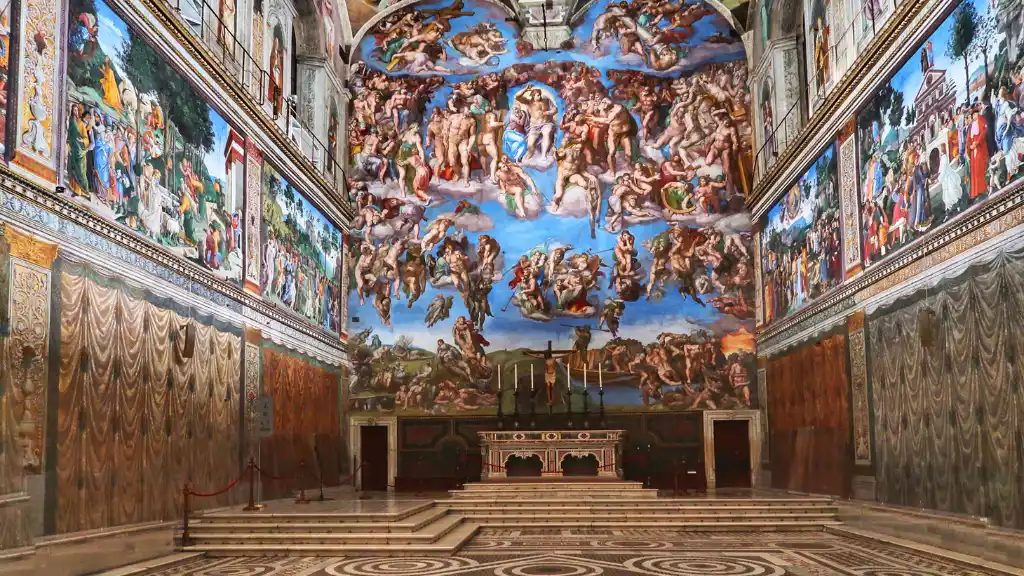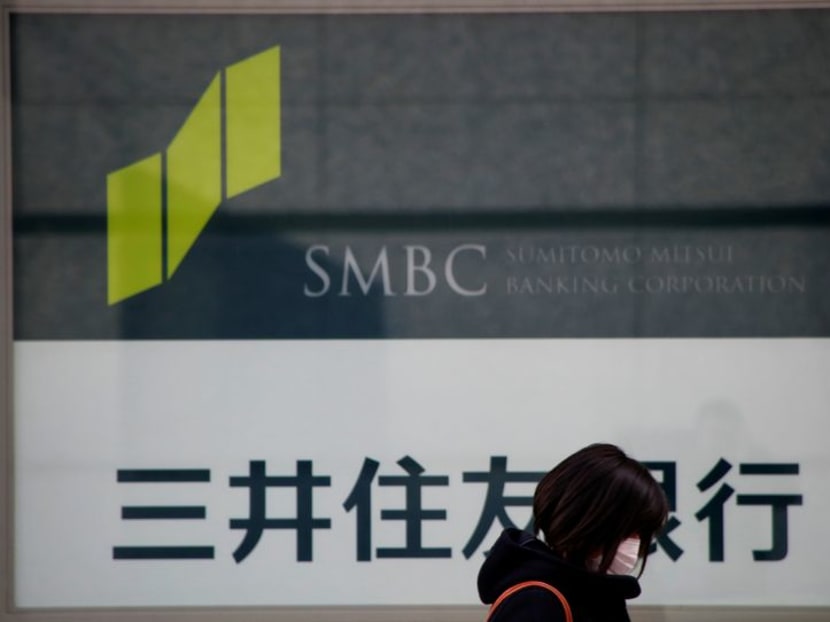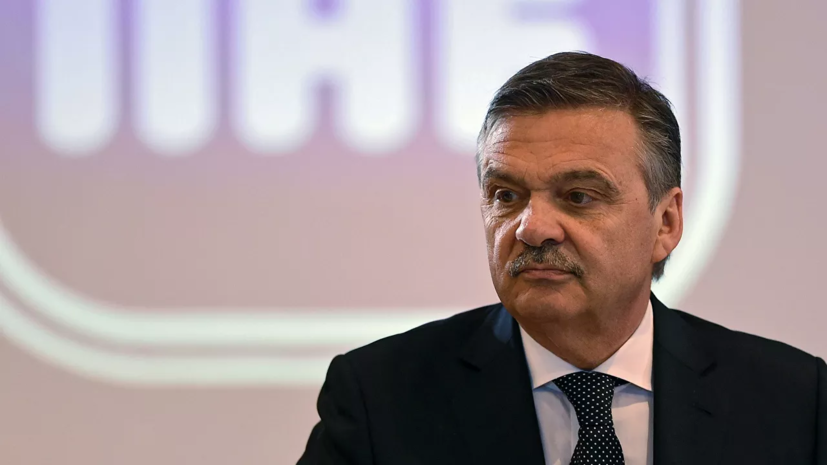The Papal Conclave: How The Next Pope Is Chosen

Table of Contents
The Sede Vacante Period: The Time Between Popes
The Sede Vacante ("vacant see") is the interim period between the death or resignation of a Pope and the election of his successor. This time, while seemingly transitional, is crucial for preparing for the Papal Conclave and ensuring the smooth continued operation of the Vatican. The responsibilities during this period fall largely upon the Cardinal Camerlengo, a significant figure in the Catholic Church.
The Cardinal Camerlengo acts as a temporary administrator, managing the Vatican's affairs until a new Pope is elected. His duties are extensive and crucial, encompassing both administrative and ceremonial aspects. Key tasks during the Sede Vacante include:
- Preparation of the Conclave: This involves overseeing the logistical arrangements for the Conclave, including the secure location, accommodation for the Cardinal Electors, and all necessary communication systems.
- Confirmation of the death/resignation: The official confirmation of the Pope's death or resignation is a formal process, overseen by the Camerlengo, which formally initiates the Sede Vacante.
- Temporary administration of the Vatican: The Camerlengo manages the Vatican's day-to-day operations, ensuring the continuity of its various departments and services. This includes financial matters, diplomatic relations, and the overall governance of the Holy See.
The Cardinal Electors: Who Votes for the Next Pope?
The election of the next Pope rests solely with the College of Cardinals, specifically the Cardinal Electors. These Cardinals hold a unique position within the Church, possessing the right and responsibility of electing the new Supreme Pontiff. To be eligible as a Cardinal Elector, a cardinal must meet specific criteria:
- Age limit for electors: To be eligible to vote, a cardinal must be under 80 years of age at the time of the Sede Vacante. This age limit is crucial in ensuring the active participation of Cardinals who are physically and mentally capable of undertaking the responsibilities involved in the Conclave.
- Number of Cardinal Electors: The number of Cardinal Electors fluctuates depending on the number of cardinals appointed by previous Popes who are still under 80.
- Exclusion of cardinals who have reached the age limit: Cardinals who turn 80 after the death or resignation of a Pope are still considered part of the College of Cardinals but lose their voting rights in the Conclave.
The Conclave: Secrecy and the Election Process
The Conclave itself is a closely guarded process, steeped in secrecy and tradition. Held in a secure location, typically within the Vatican, the Conclave aims to ensure the integrity and confidentiality of the election process. The voting process is meticulously regulated, designed to ensure a fair and unbiased selection of the next Pope:
- The voting process: Cardinal electors gather in the Sistine Chapel and cast their ballots in secret. The ballots are burned after each round of voting.
- The required majority: A two-thirds majority is required for the election of a new Pope. If this majority is not achieved, the voting continues until a Pope is elected.
- The "fumata bianca" (white smoke): The iconic white smoke emerging from the Sistine Chapel chimney signals the election of a new Pope, a moment eagerly awaited by millions worldwide.
- The "fumata nera" (black smoke): Black smoke indicates that no Pope has been elected in that round of voting.
- The role of the Master of Ceremonies: The Master of Ceremonies plays a vital role in overseeing the procedures of the Conclave, ensuring the smooth execution of the election process.
The Papal Inauguration and the New Pope's Role
Following the election, the newly elected Pope is officially inaugurated in a solemn ceremony. While the elaborate papal coronation ceremonies of the past are largely absent in modern times, the inauguration remains a significant event. The new Pope assumes immense responsibilities:
- The papal coronation (or its absence in modern times): The modern inauguration is simpler than historical coronations but still holds great religious significance.
- The Pope's role as head of state of Vatican City: As head of state, the Pope manages the governance and international relations of Vatican City.
- The Pope's role as spiritual leader of the Catholic Church: This role is paramount, guiding the faith and spiritual lives of over a billion Catholics globally.
Conclusion
The Papal Conclave is a complex and fascinating process, rich in history and tradition. Understanding the stages – from the Sede Vacante period and the role of the Cardinal Electors to the secretive voting process and the eventual Papal inauguration – provides valuable insight into the governance and future direction of the Catholic Church. The choosing of the next Pope is a pivotal moment for global Catholicism, and learning about the Papal Conclave deepens our appreciation for this significant event. If you wish to explore the intricacies of Papal elections further, continued research into the Papal Conclave is strongly recommended.

Featured Posts
-
 El Dilema De Simone Biles Juegos Olimpicos De Los Angeles 2028
May 07, 2025
El Dilema De Simone Biles Juegos Olimpicos De Los Angeles 2028
May 07, 2025 -
 Lewis Capaldis Surprise Return First Performance Since 2023 At Tom Walker Charity Gig
May 07, 2025
Lewis Capaldis Surprise Return First Performance Since 2023 At Tom Walker Charity Gig
May 07, 2025 -
 Sumitomo Mitsui Financial Group Smfg And Yes Bank Potential Acquisition
May 07, 2025
Sumitomo Mitsui Financial Group Smfg And Yes Bank Potential Acquisition
May 07, 2025 -
 Zvabliva Rianna Fotosesiya U Nizhnikh Rozhevikh Tonakh
May 07, 2025
Zvabliva Rianna Fotosesiya U Nizhnikh Rozhevikh Tonakh
May 07, 2025 -
 Zal Slavy Iihf Krikunov O Zaslugakh Ovechkina
May 07, 2025
Zal Slavy Iihf Krikunov O Zaslugakh Ovechkina
May 07, 2025
